In 1792, George Washington opened the United States’ first consulate in South Asia, in Kolkata, India. But the origins of major American involvement in the region date back to the Cold War, when the United States was eager to establish ties with the newly independent countries of the region to edge out potential Soviet influence. Pakistan accepted this offer of friendship and quickly became a military ally of the United States, but this closeness between the United States and Pakistan pushed India toward the Soviet Union. After 9/11, the region once again became a focus of U.S. foreign policy: thousands of U.S. troops landed in Afghanistan, committed to defeating the Taliban and supporting an Afghan central government. Since then, Pakistan has been a crucial ally in the United States’ war on terror, but Pakistan itself is home to a number of known terrorist groups. As concerns about Pakistan’s reliability as an ally grow, and as India becomes more economically and militarily powerful, U.S. priorities in the region are shifting.
U.S. Woos Both India and Pakistan After Independence
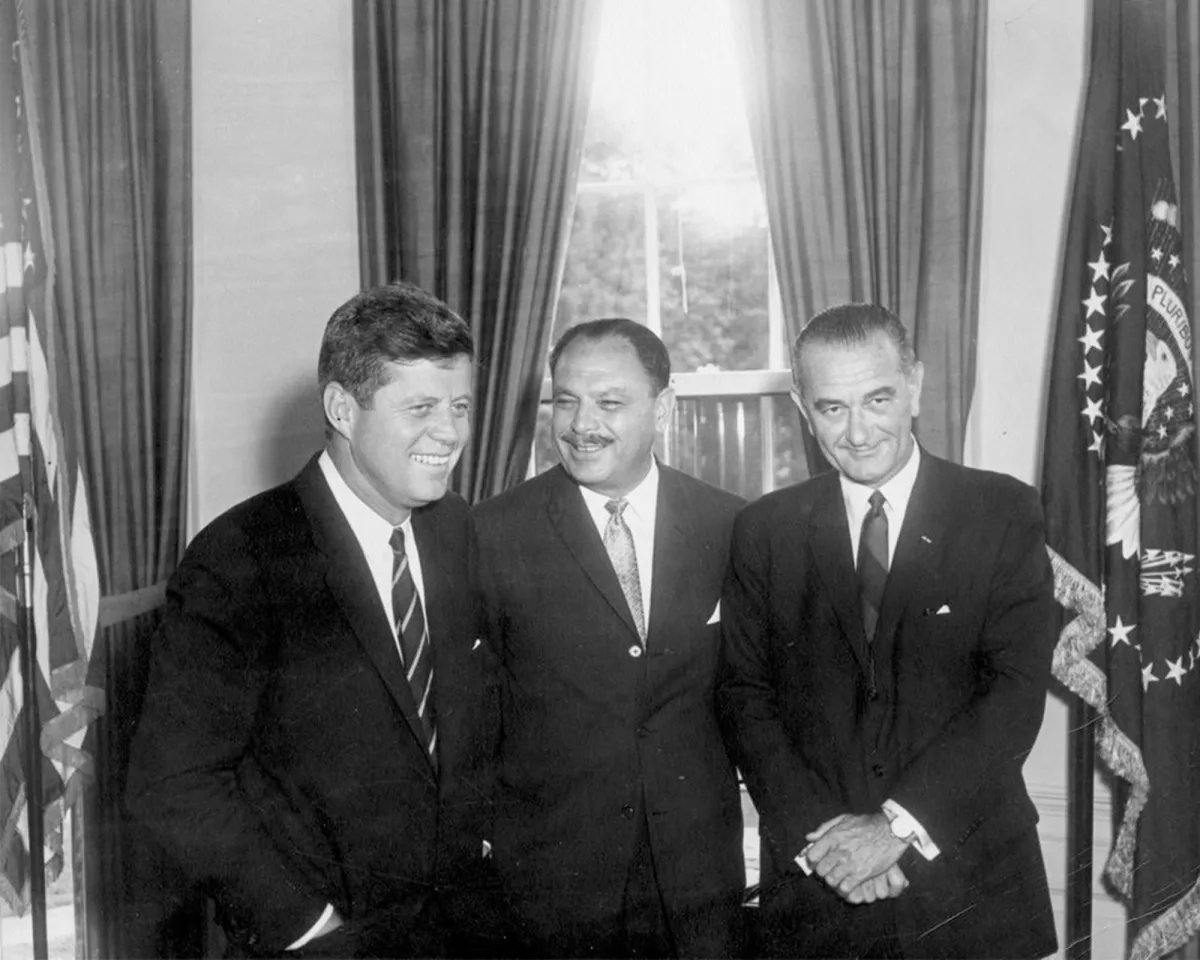
The Cold War with the Soviet Union shaped U.S. foreign policy after World War II. In South Asia, the United States’ main objective was to prevent the spread of Soviet influence to the newly independent India and to newly created Pakistan, and so it courted both countries with offers of humanitarian and military aid. Pakistani military and government leaders eagerly established warm relations with the United States, accepting a large aid package in exchange for allowing the United States to conduct military and intelligence operations from a base in its country. With a strong army and a capitalist government, Pakistan quickly became a reliable partner in the fight against communism for the United States. India, on the other hand, became a leader of the Non-Aligned Movement, a group of countries allied neither with the United States nor the Soviet Union, and was wary of the strong U.S.-Pakistan relationship despite itself receiving aid from the United States.

India Drifts From United States During Cold War
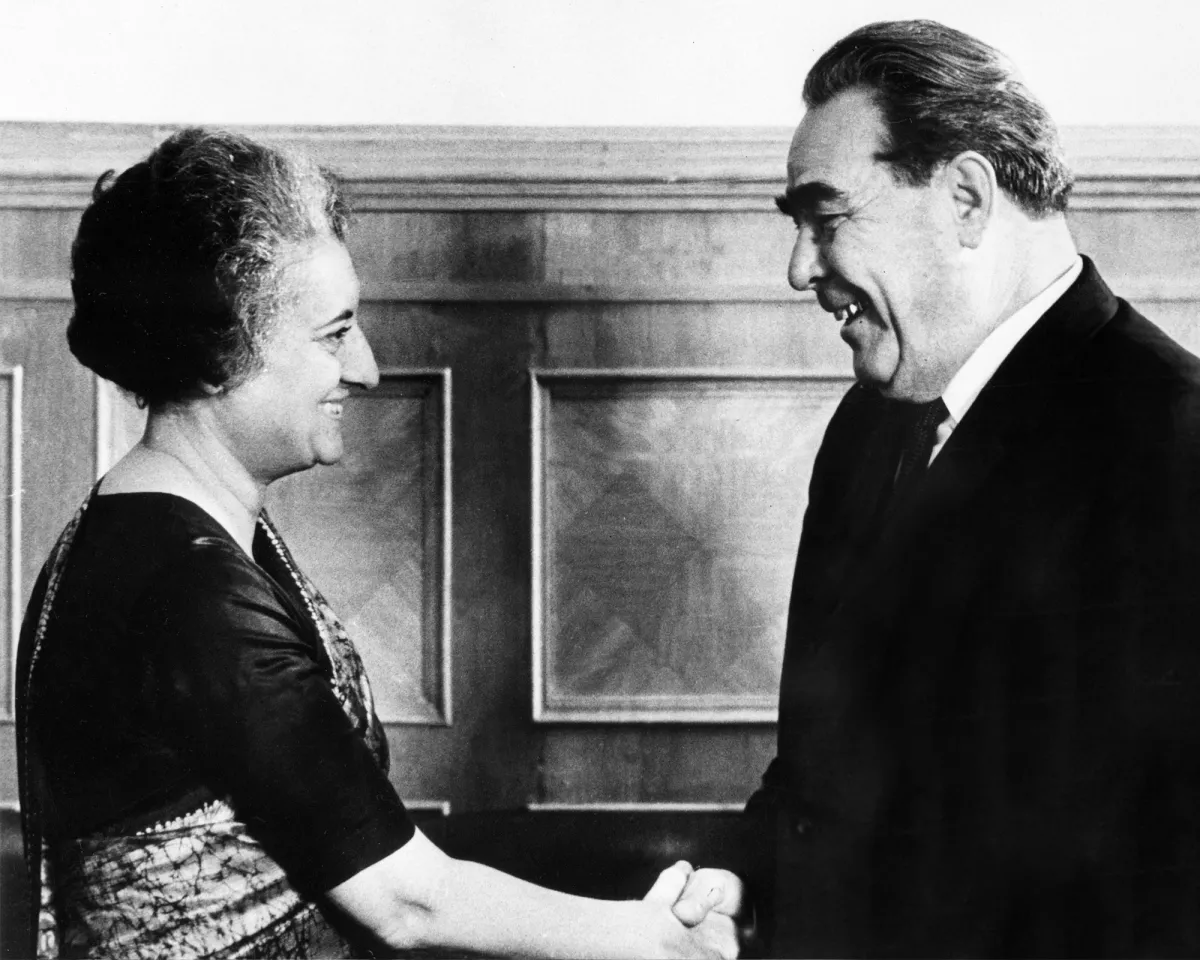
The United States recognized India’s value as one of the world’s most populous countries and continued to court it as an ally, despite India’s nonaligned status. But there was one major challenge to a stronger U.S.-India relationship: India would not accept the United States as its ally as long as it continued to support its rival Pakistan. This became most evident when the United States backed Pakistan during the 1971 Indo-Pakistani War. During the war, the United States provided money and arms to Pakistan, which it viewed as a reliable ally against communism, and ignored State Department reports of genocide being committed by its army in East Pakistan (modern-day Bangladesh). That move pushed India away from the United States and closer to the Soviet Union.

United States Reacts to South Asian Nuclearization
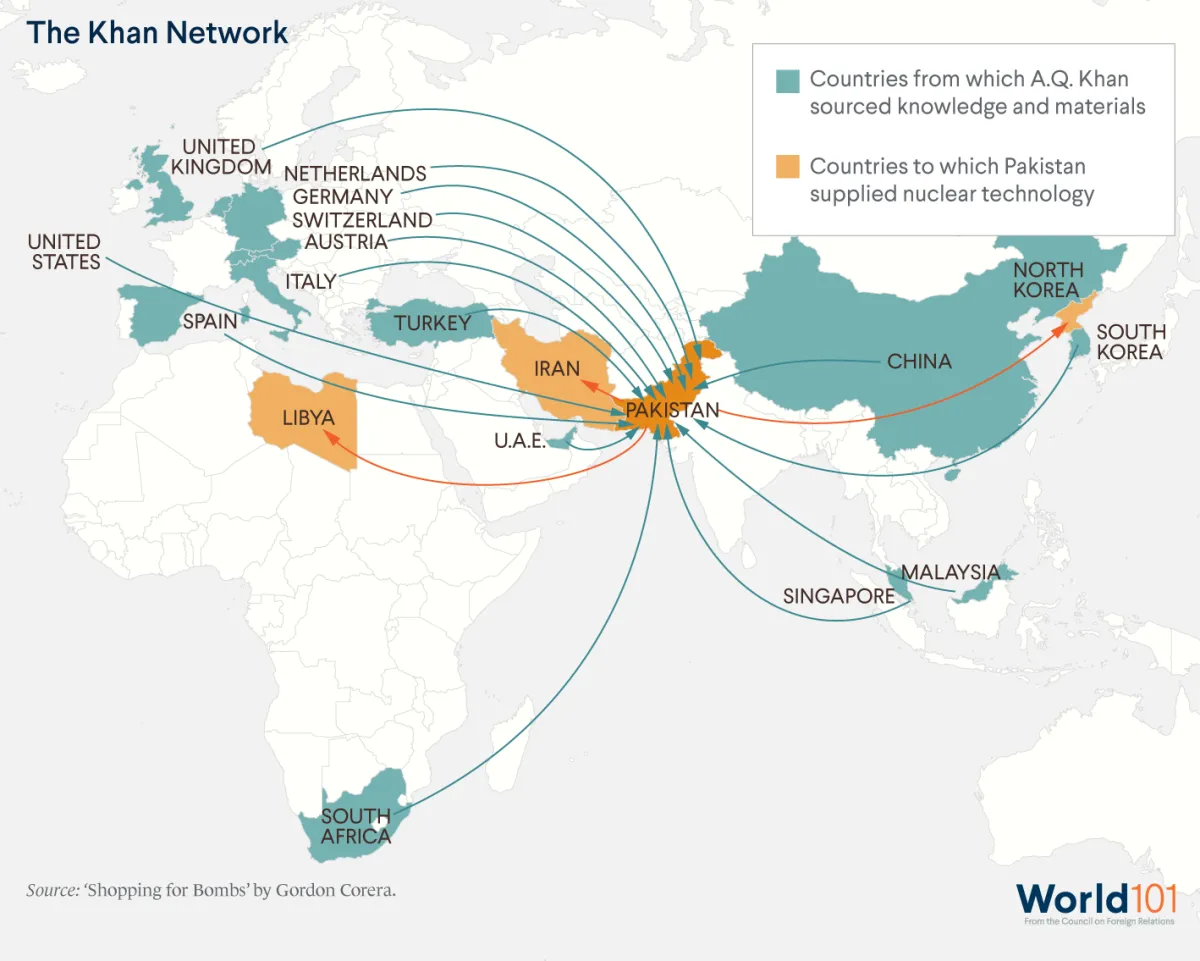
One of the main U.S. foreign policy priorities after World War II was to prevent nuclear proliferation. So when India successfully detonated its first nuclear device in 1974, the United States was alarmed and President Jimmy Carter called on India to allow international inspections of its nuclear facilities. India refused. Around the same time, Pakistan began accelerating its own nuclear program, much to the disapproval of the United States, which was worried about the Pakistani government’s instability and the potential for an arms race between India and Pakistan. Nevertheless, Pakistan went on to acquire the bomb through its nuclear program spearheaded by nuclear physicist A. Q. Khan. (Khan was able to enrich uranium by stealing centrifuge designs from the nuclear plant where he had worked in the Netherlands. Eventually, this technology found its way to Libya, Iran, and other countries in what became known as the Khan network.) Ultimately, the United States was unable to prevent India or Pakistan from becoming nuclear powers, a situation that significantly raised the stakes of any future disagreement between the two rivals.

In Post-Soviet Central Asia, United States Looks for Opportunities
The breakup of the Soviet Union in 1991 opened up the possibility of U.S. involvement in Central Asia, a region previously dominated by Russia. At that time, three priorities shaped the U.S. foreign policy agenda in the region: security, democracy, and energy. When the Soviet Union collapsed, much of the infrastructure to build nuclear weapons was left behind in countries that were now independent. In pursuit of its first priority, the U.S. government paid Kazakhstan to seal nuclear reactors, remove uranium from nuclear plants, and transfer leftover Soviet nuclear weapons back to Russia to ensure that they did not fall into the wrong hands. Second, the United States promoted democracy and independence in Central Asian countries by sending billions of dollars of foreign aid in the years following 1991. And finally, the United States promoted investment and construction in the region’s oil and gas industries in a bid to diversify its oil suppliers, which were primarily located in the Middle East. Despite these efforts, Central Asian countries today remain firmly under the sphere of influence of their closest ally, Russia.
U.S. Invades Afghanistan to Eliminate Taliban
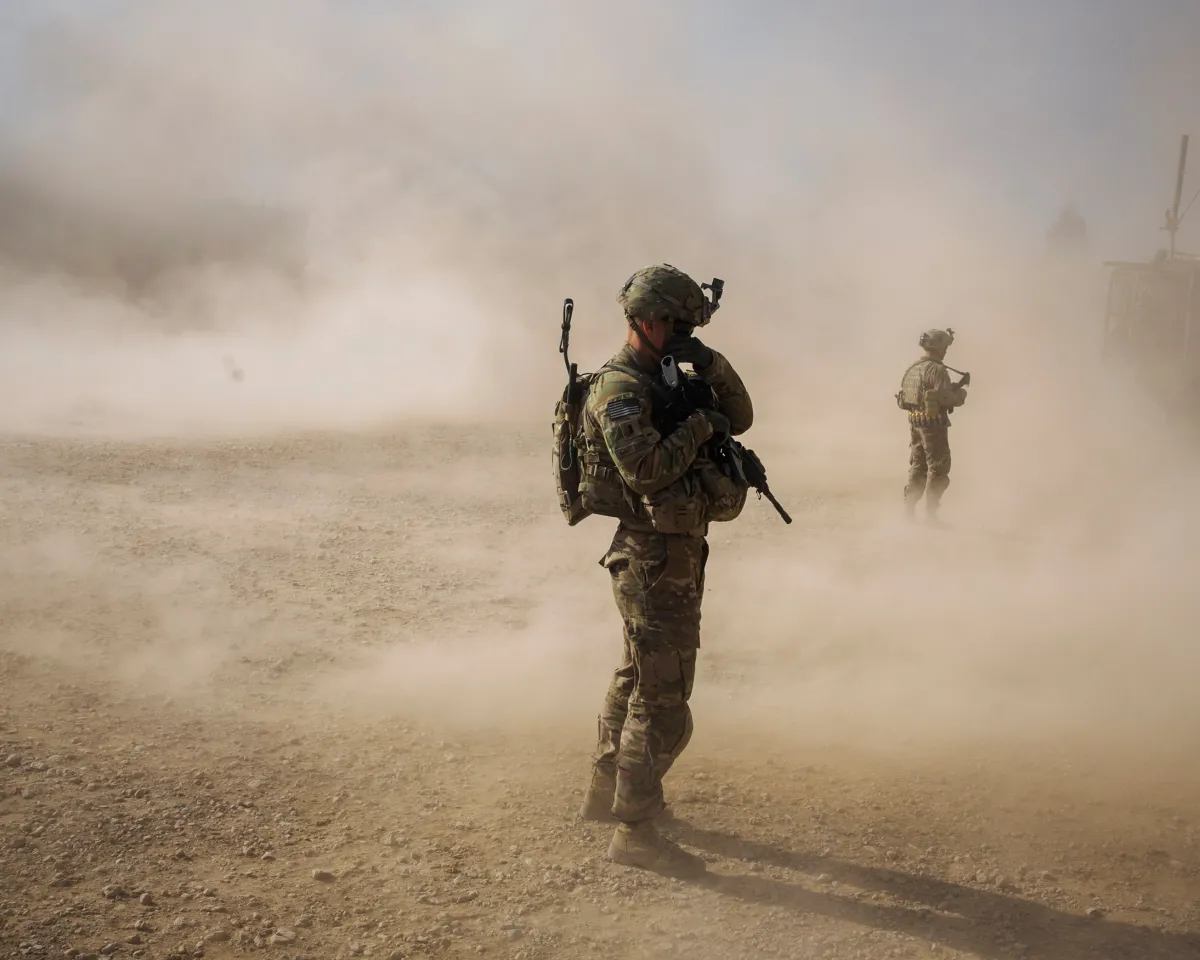
On September 11, 2001, nineteen al-Qaeda terrorists attacked the United States. In response, President George W. Bush gathered a coalition of countries to invade Afghanistan, whose Taliban government provided refuge to the organizers of those attacks. In a matter of weeks, the coalition successfully brought down the Taliban regime, but those gains were short lived. Within a few years, the Taliban returned. Now, nearly two decades after the invasion, the Taliban has regained control over much of the country, the United States has spent about $1 trillion and lost more than 2,000 soldiers, and peace talks have so far failed to achieve lasting peace. Few good options remain: a decisive military victory for the U.S.-led coalition remains elusive, but a complete withdrawal of U.S. troops could lead to the total collapse of Afghanistan, jeopardizing the hard-fought progress on women’s rights and education, as well as modest economic gains, in the non-Taliban-controlled parts of the country.

Pakistan Is a Strategic but Unreliable Ally
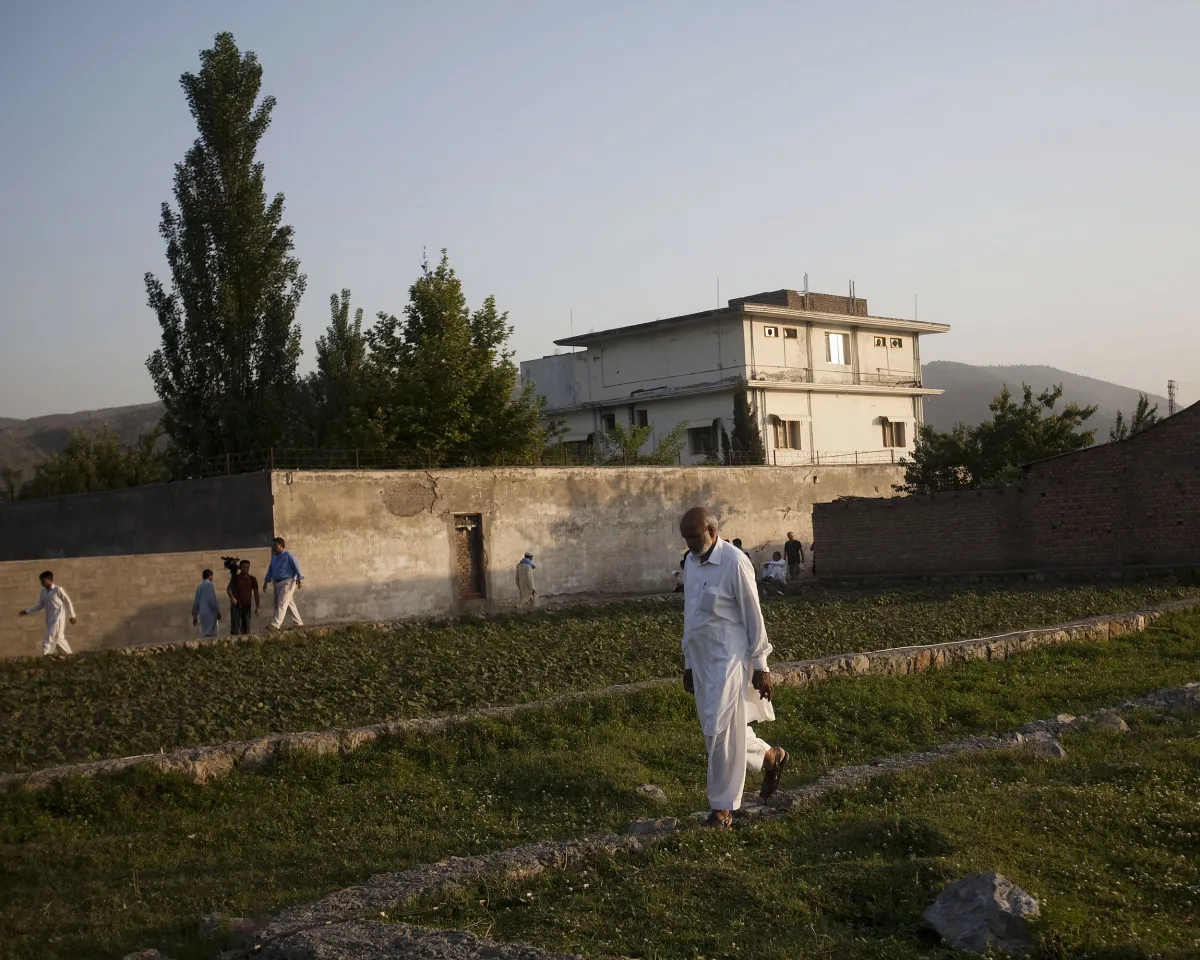
The United States recognizes Pakistan as one of its few major non-NATO allies, a distinction that reflects the high degree of security cooperation between the two countries. For example, Pakistan has served as a strategic base for U.S. and NATO forces to operate in Afghanistan, in exchange for U.S. military aid. But the U.S.-Pakistan alliance has deteriorated in recent years. Many U.S. politicians argue that the Pakistani government is either unwilling or unable to tackle terrorism, particularly after U.S. forces killed Osama bin Laden—al-Qaeda’s leader and architect of the 9/11 terrorist attacks—in a compound just thirty miles outside Pakistan’s capital in 2011. These politicians accuse the Pakistani military’s influential Inter-Services Intelligence agency of covertly supporting terrorists. This perception of Pakistan as an unreliable ally has led the United States to cut almost one billion dollars in security assistance in recent years, throwing the future of the alliance into question.

Partnering With a Rising India
After decades of tension, U.S.-India relations began to warm around the turn of the century. India’s economic reforms throughout the 1990s sparked an economic boom, and its strong IT and banking sectors made it an increasingly valuable economic partner for the United States. Since then, trade between the United States and India has grown from $19 billion in 2000 to $143 billion in 2019. But there were other areas for cooperation, too. Both countries are concerned about Islamic extremism and the United States sees India as an ally in the fight against terrorism. In 2005, the two countries created a defense framework that increased opportunities to share military technology and cooperate in military training. That same year, they began talks on energy security and in 2008 signed a civil nuclear agreement that allowed India to buy U.S. nuclear energy technology in exchange for greater international inspections of India’s civil nuclear facilities. The two countries have even found common ground in moderating China’s increasing presence in South and East Asia and have conducted bilateral military exercises nearly every year since 2004.